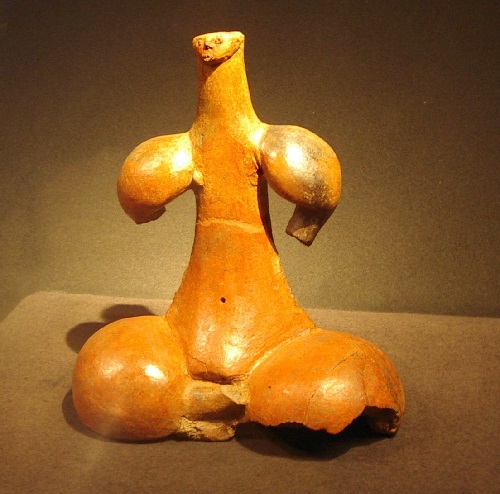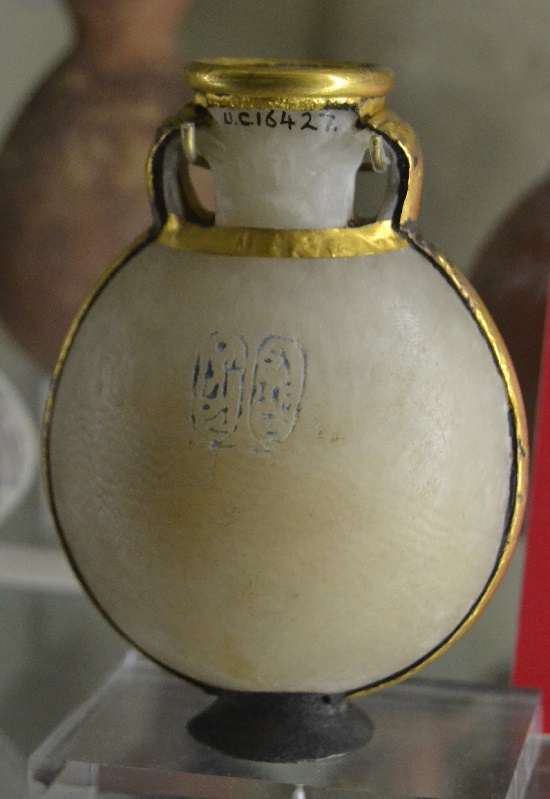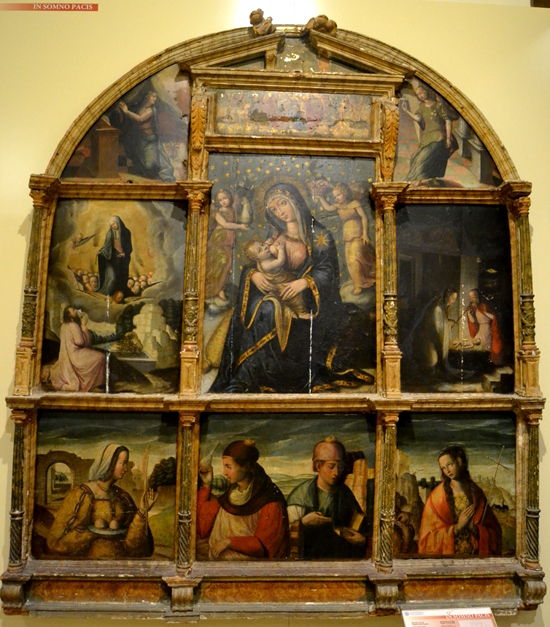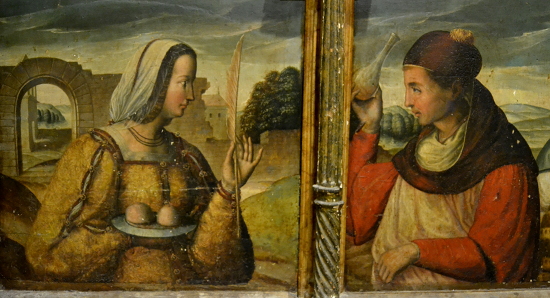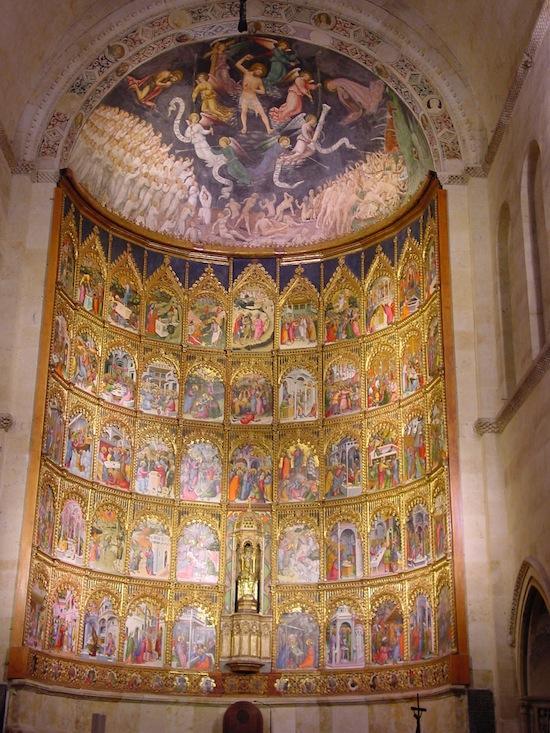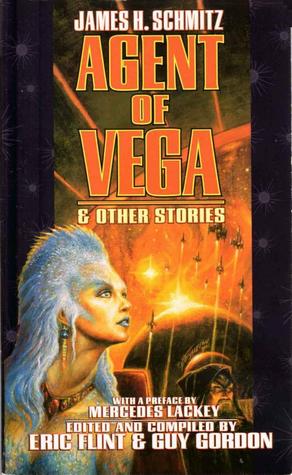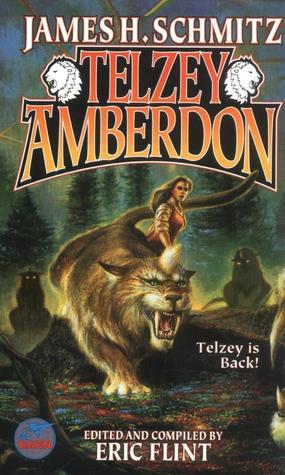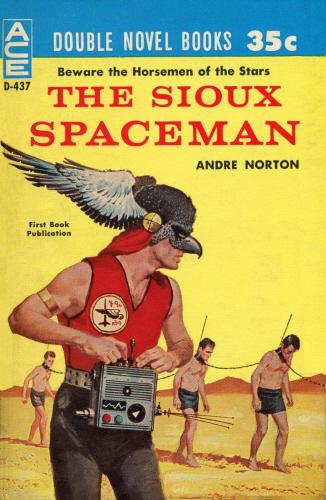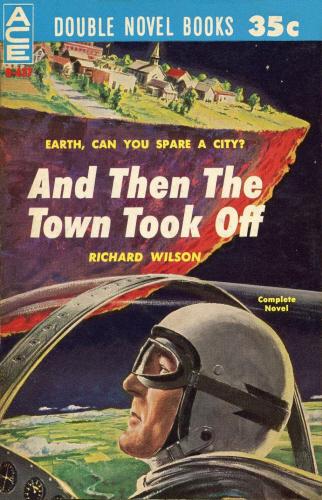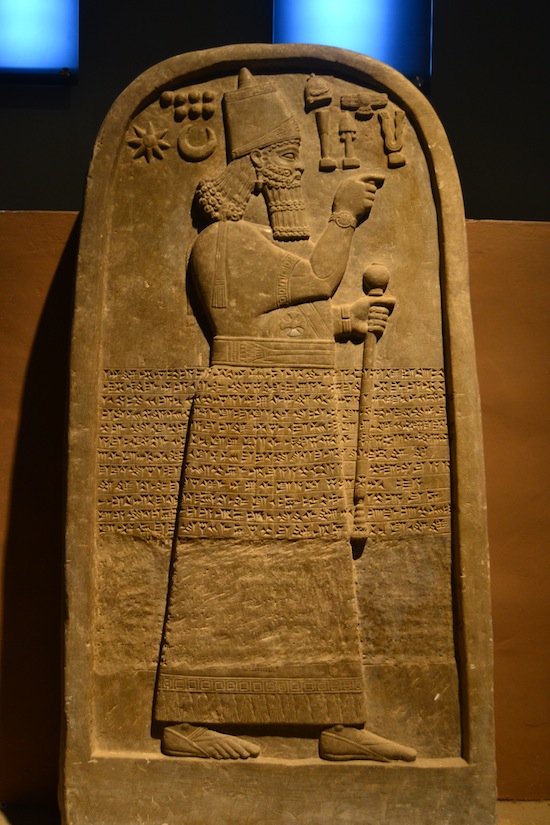Art of the Genre: Kickstarter, Why I Hate Stretch Goals and You Should Too
 Over the past three years I’ve written a lot about Kickstarter. In fact, I went back and looked at the Art of the Genre archives and found a rather impressive eight articles dedicated to the subject:
Over the past three years I’ve written a lot about Kickstarter. In fact, I went back and looked at the Art of the Genre archives and found a rather impressive eight articles dedicated to the subject:
The Art of Kickstarter,
The Art of Kickstarter #2
The Pillaging Of Kickstarter
Why and How I Build a Kickstarter
The Pillaging of Kickstarter #2
Front Loading a Kickstarter
The Joy and Pain of Kickstarter (and how backed projects still fail)
Kickstater, It Really Shouldn’t Be About the Stuff We All Get
In those you can find all kinds of advice, statistics, opinions, and introspection, (or as my non-fans like to say, my sour grapes). But if I’ve learned anything over the course of my time on the platform, it is that it is constantly changing.
Sure, there are some static rules, but even those have some latitude if a developer happens to get lucky. And let me tell you, there is a lot of luck involved out there, as well as blind devotion.

